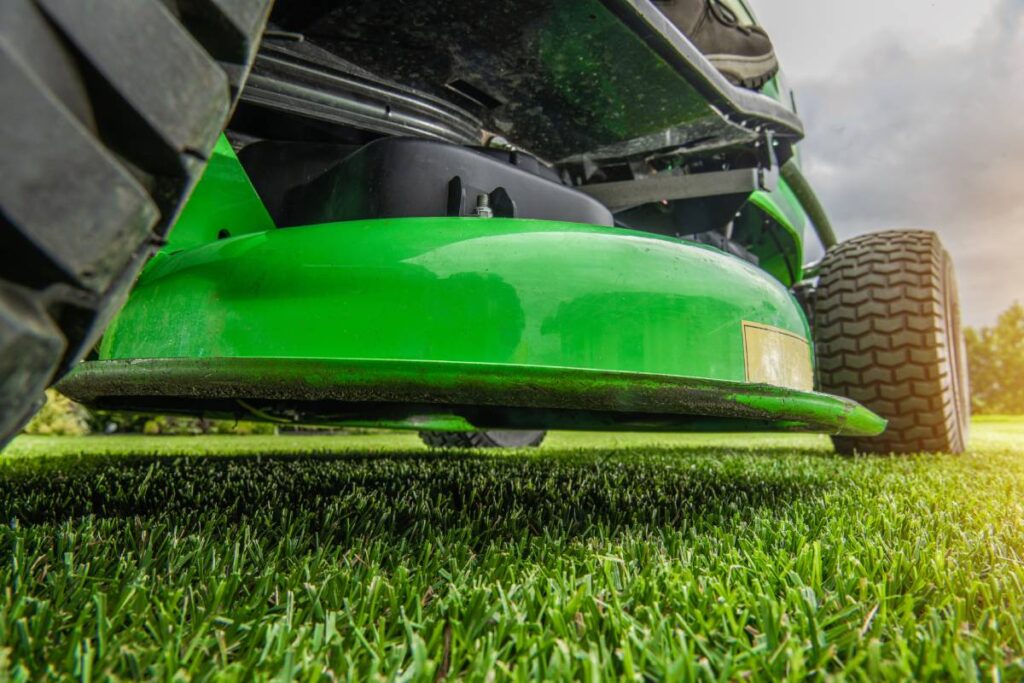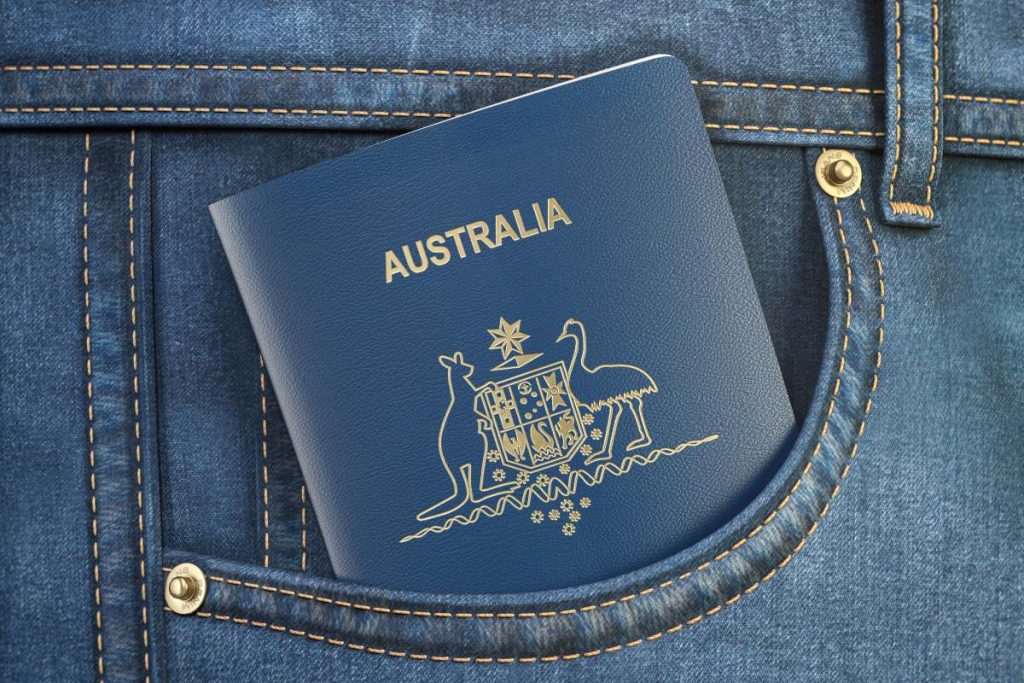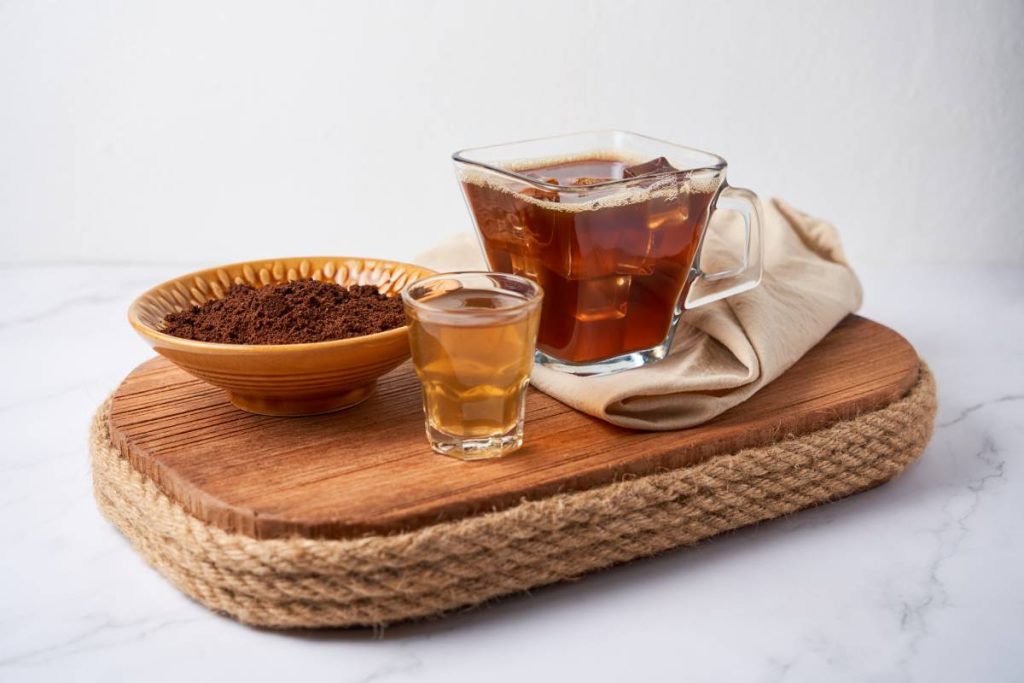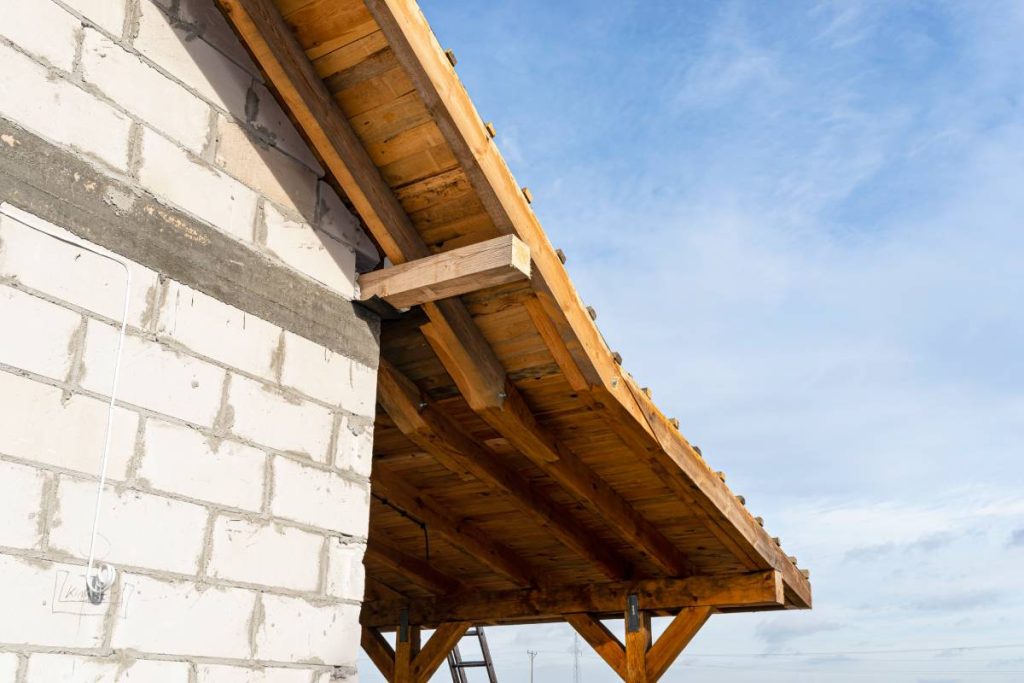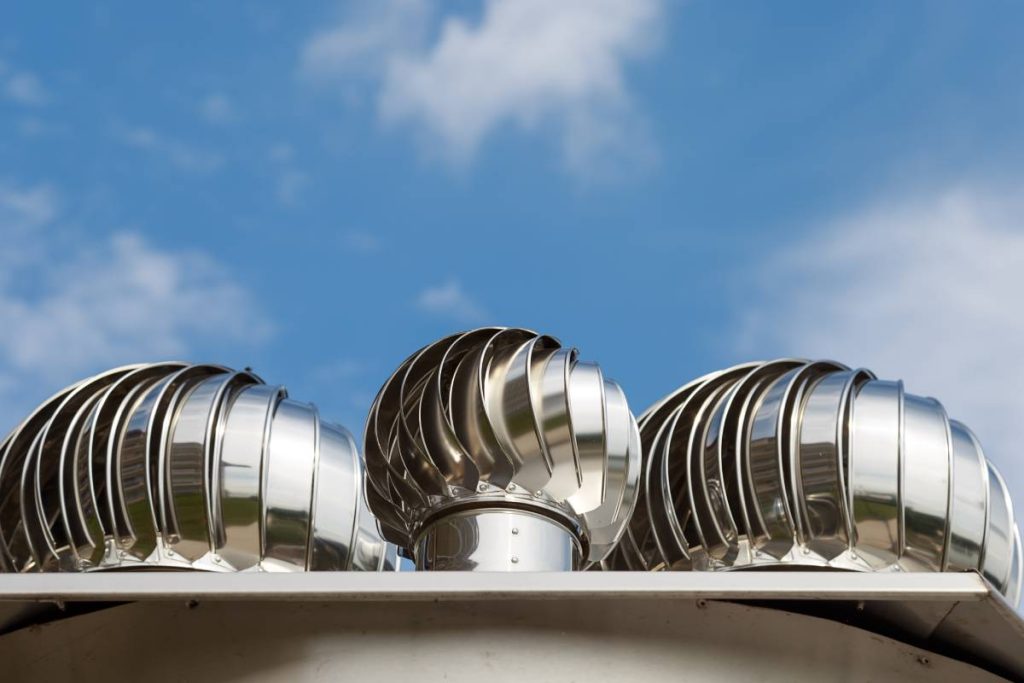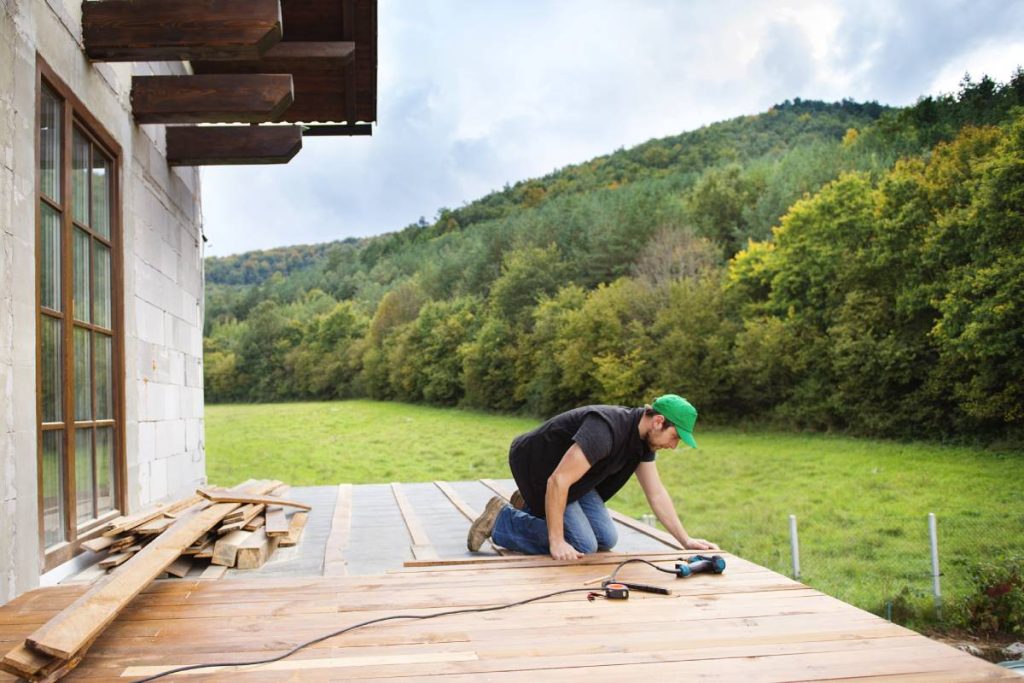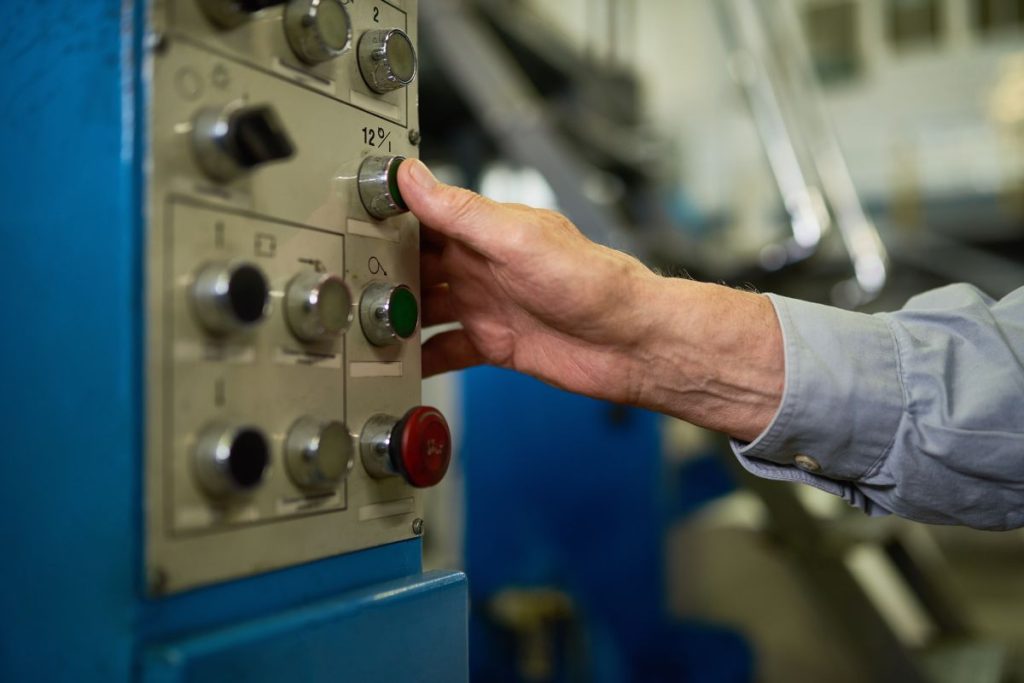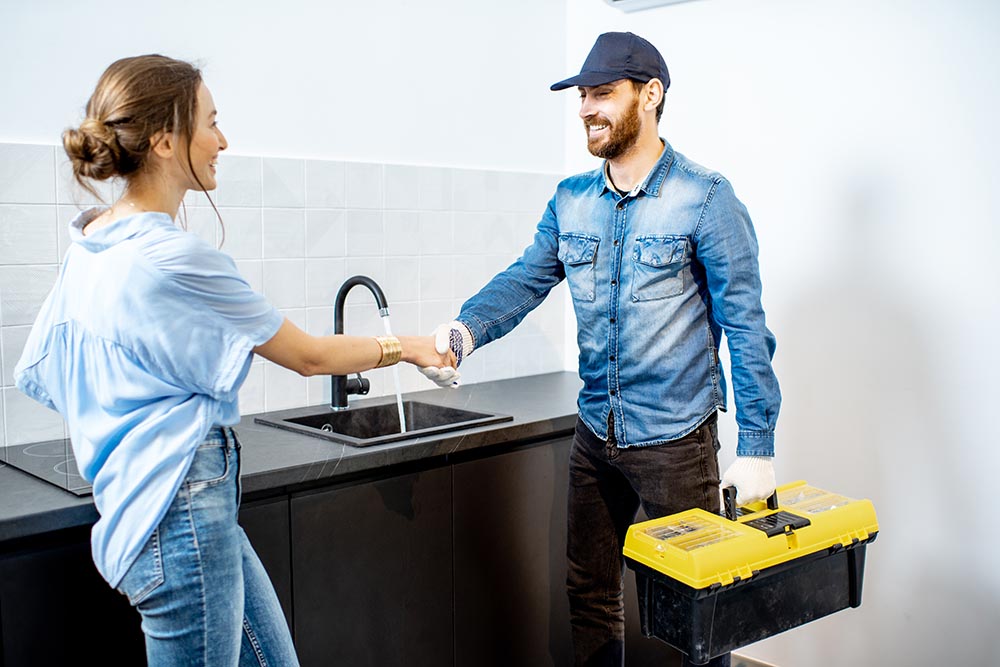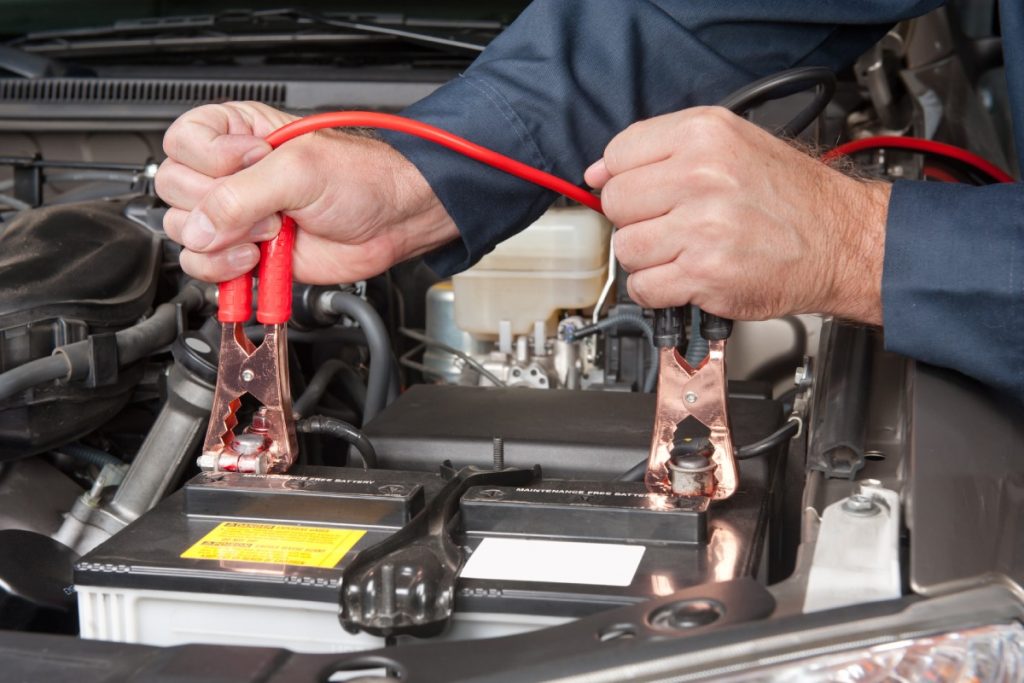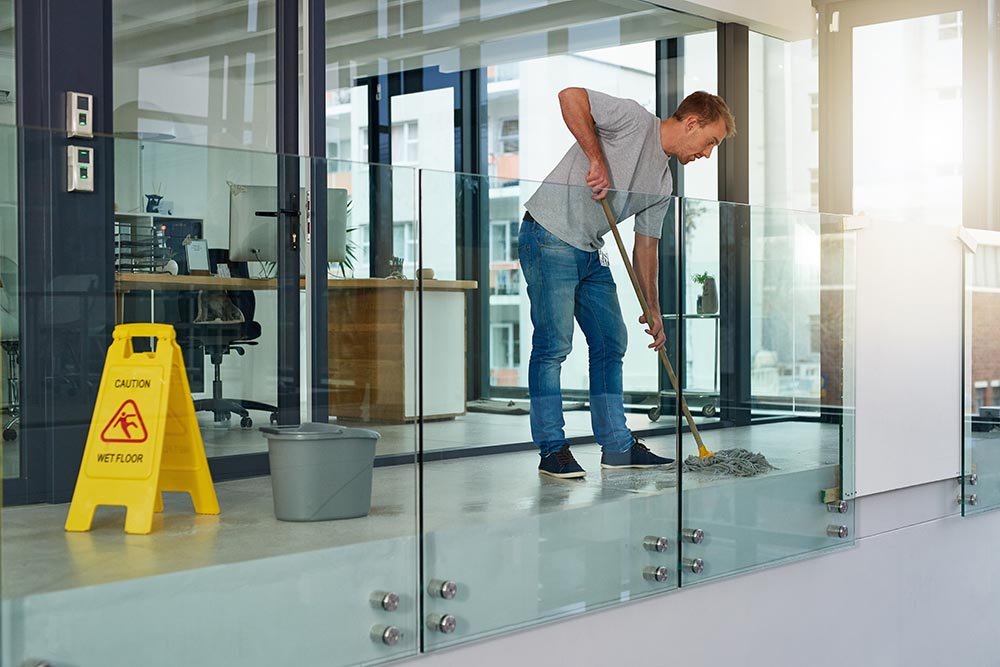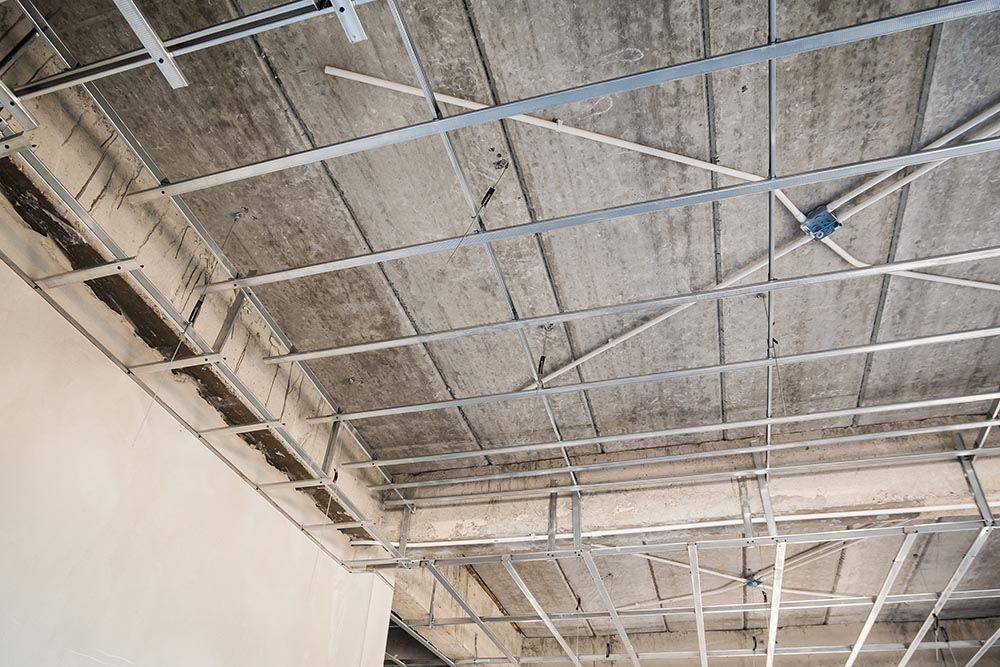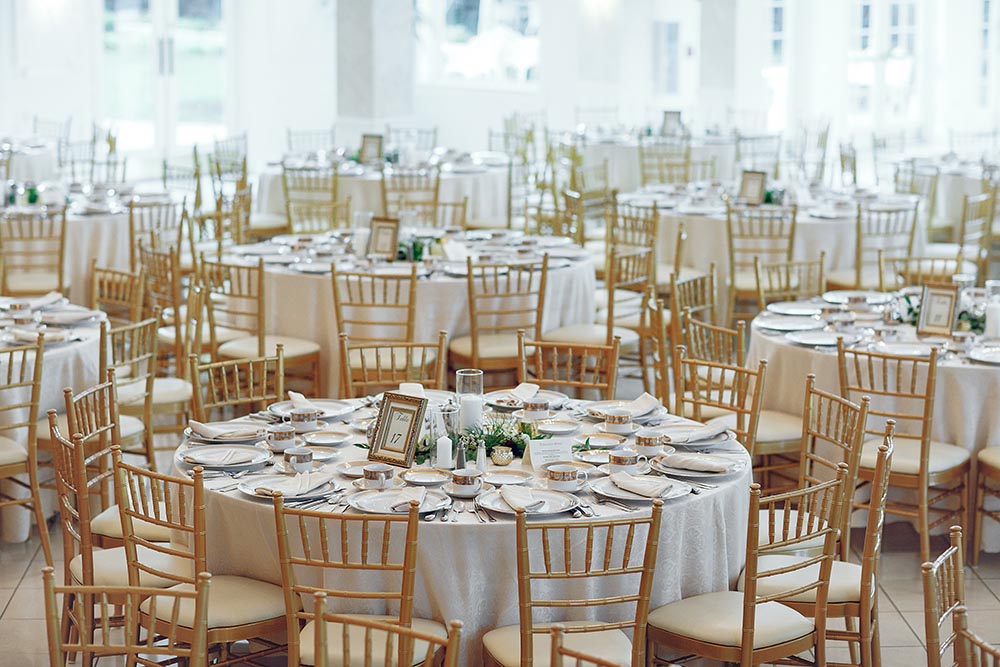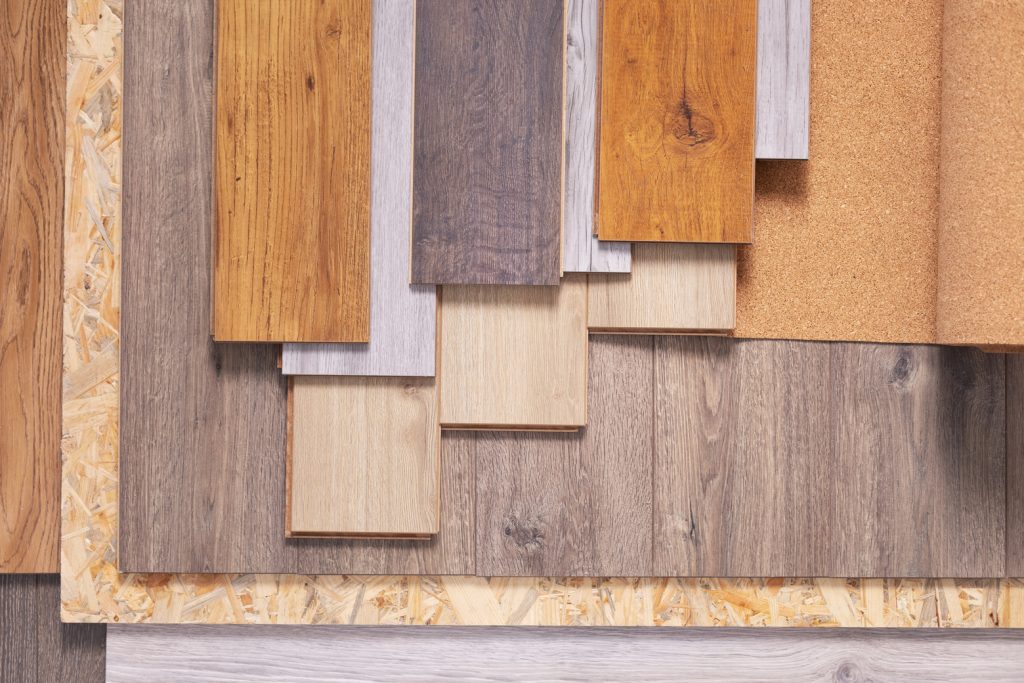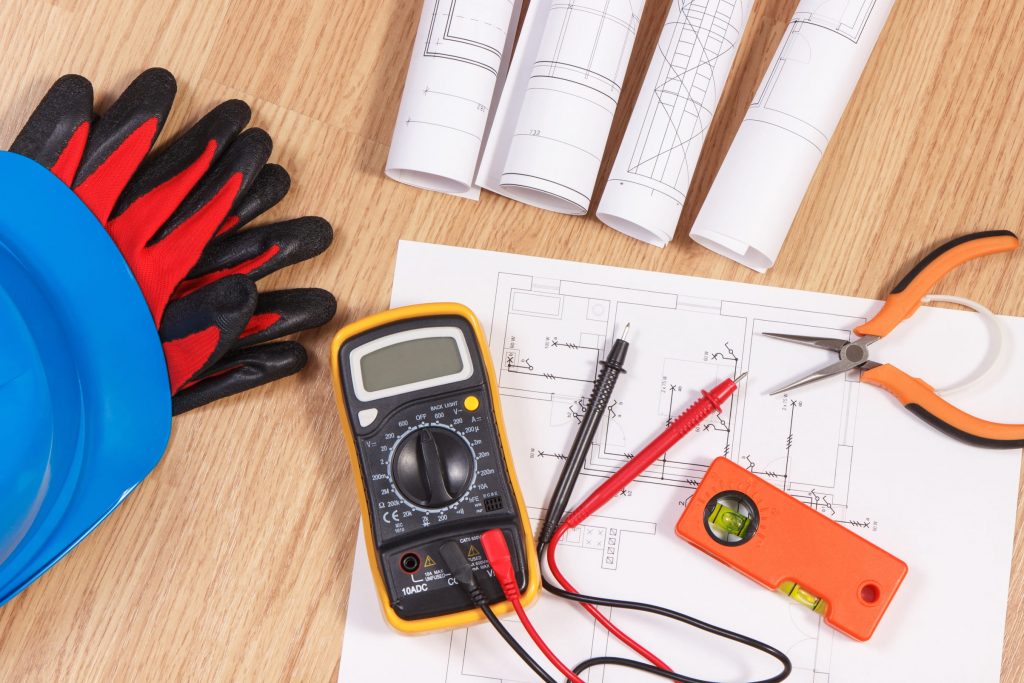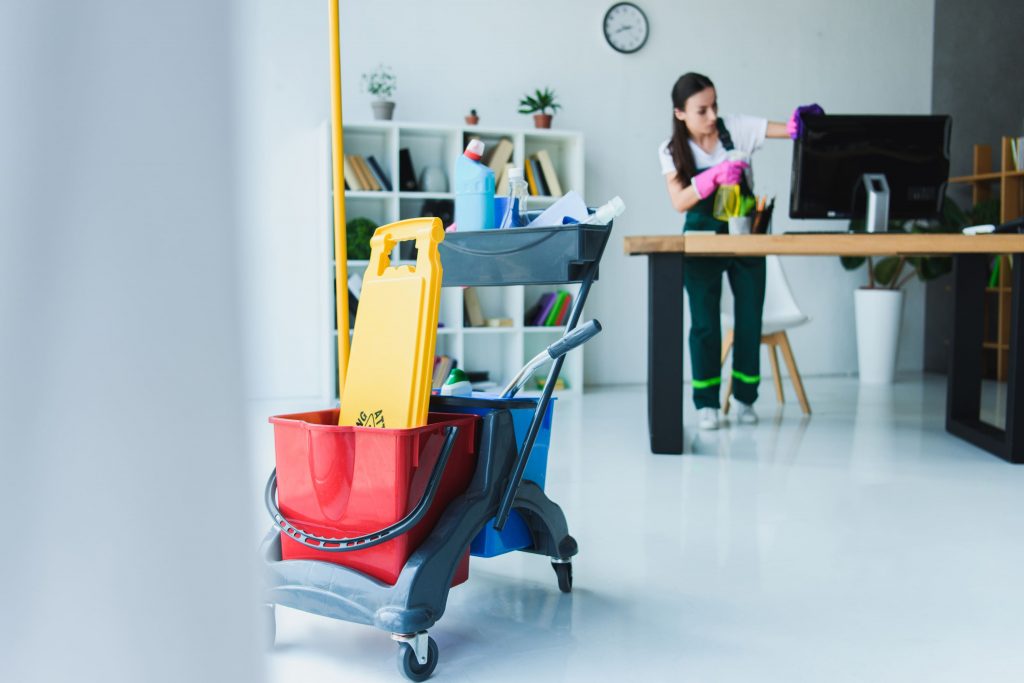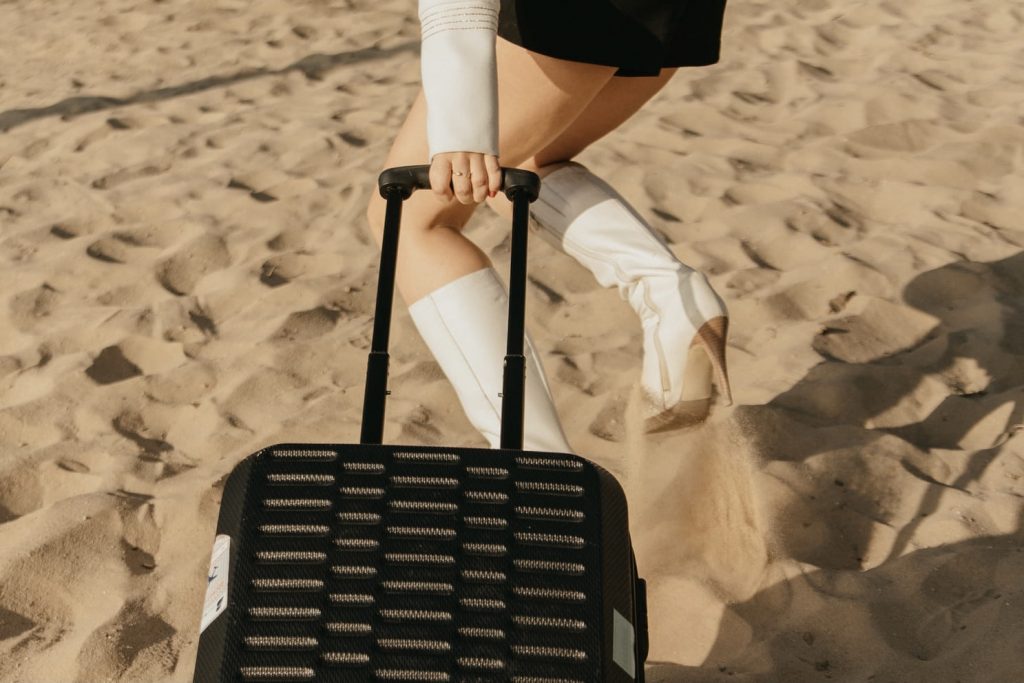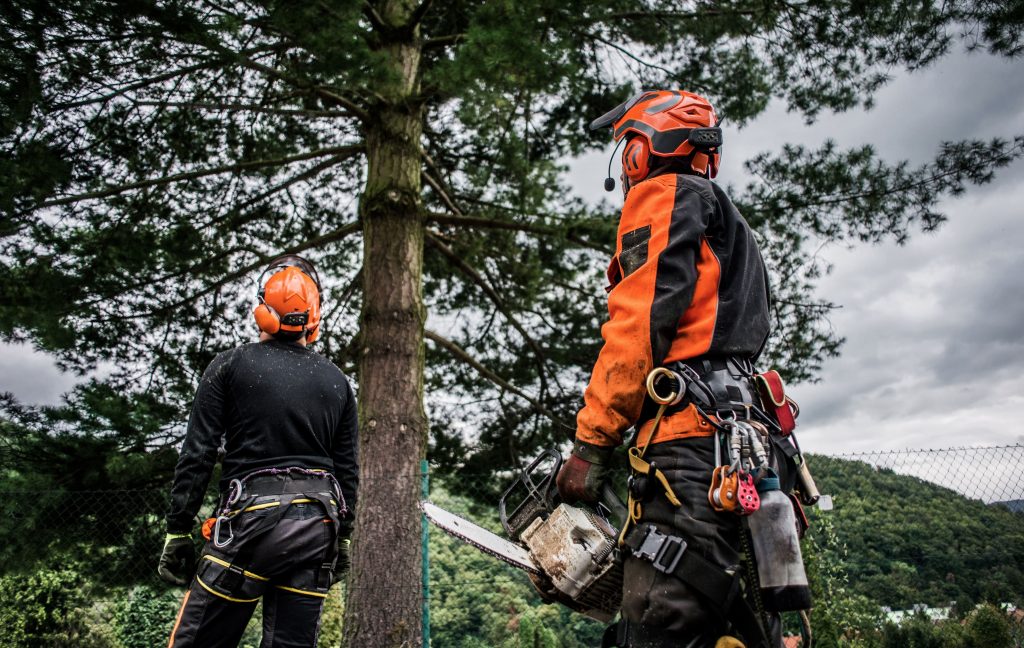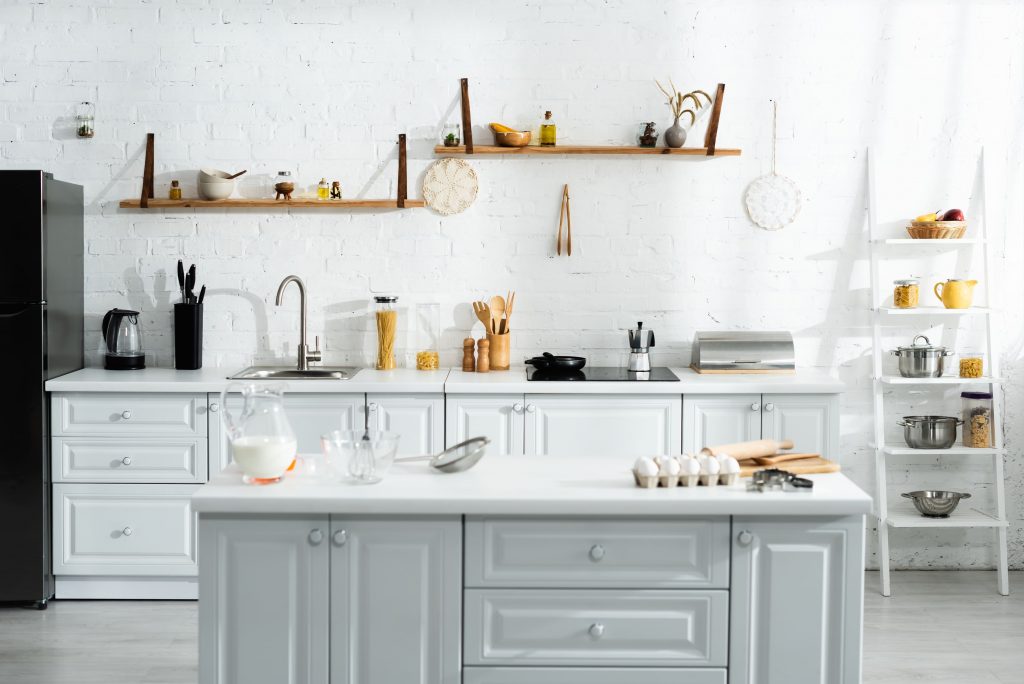Can I put laminate flooring on floorboards? Do I need underlay? Is laminate flooring waterproof?
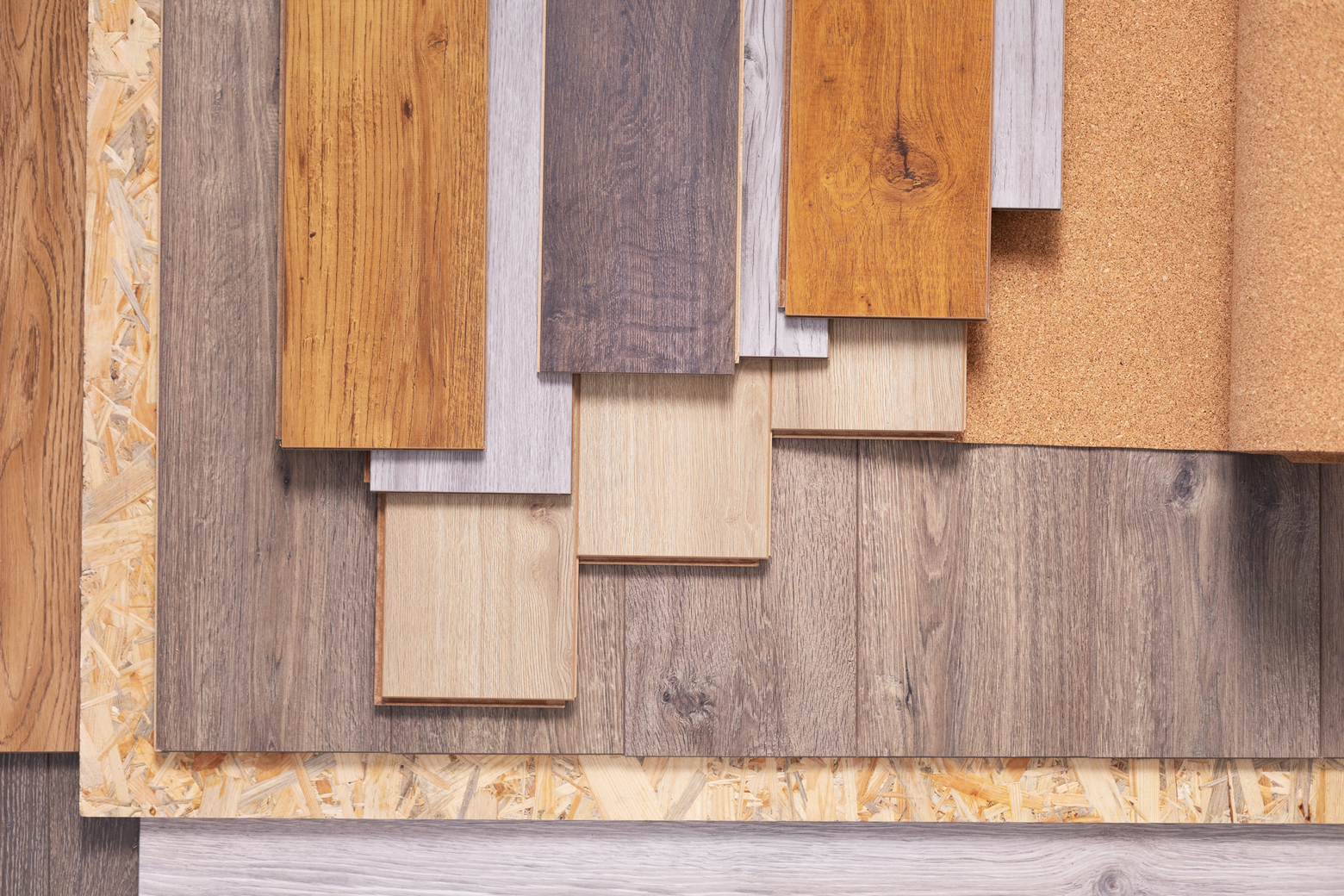
You have chosen your gorgeous new laminate flooring, brought it home, and are all ready to install it with its easy click and lock system – but are you forgetting something? Before you can lay your laminate you have to check if you need to underlay first, which can vary depending on your existing floor. It is also important to know if your new flooring is waterproof before you know which rooms to put it in, so here we will go through a few of the common questions when it comes to laying laminate and help you on your way to your perfect floor.
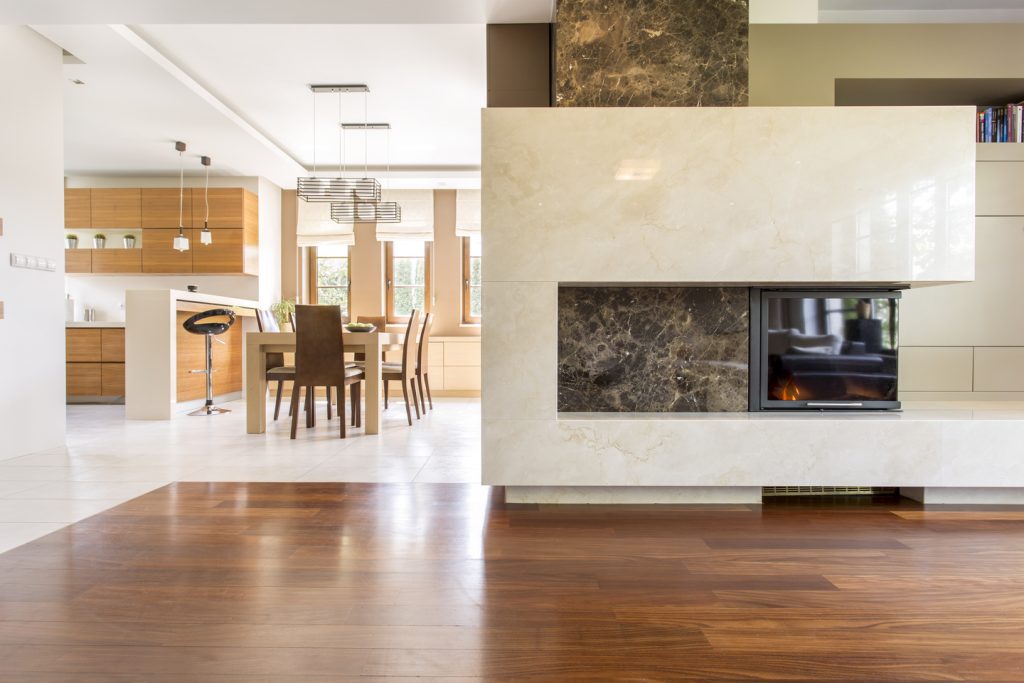
Can I put laminate flooring on floorboards?
Firstly, yes you can indeed put the best laminate floorboards down on your existing floorboards, but there are a couple of points to remember. You need to check the condition of whatever it is you have underneath, be it tiles, floorboard, or vinyl, and make sure there aren’t any bad chips or anything that might cause your new floor to be uneven. If your current floor is in bad shape you are better off taking it up and laying your laminate on the subfloor rather than risk damage or increased wear. An uneven floor can not only look bad but also cause your laminate to warp so it is to be avoided.
Once you have checked the level of your old floorboards if there is a discrepancy you can still even this out by lining the floor with a hardboard to ensure you have the best surface possible. Any problems with your original floor will be reflected in your new one so make sure you tackle them before you get going on the laminate. Installing a new floor straight onto an old one can cause stress on the joints and grooves of your laminate though as the two shift and expand creating friction. To avoid this effect make sure to use a good underlay as we will explain below.
Do I need underlay for laminate flooring on floorboards?
Underlay is a hugely important component of well-laid, DIY floorboards. Bringing up the evenness of the floor once again if it is only out the tiniest bit then underlayment can help the final product look straight. It protects your new floorboards giving them the support and stability they need and giving you a nice springy step at the same time. Further, underlayment allows for equal weight distribution and ensures your floor has the room to expand and move a little as needed in changing temperatures and climates without warping or getting damaged.
Many laminate floorboards come with some sort of underlay built-in so double check before you invest in any extra and if not there are several types available with foam or polystyrene available in varying thicknesses. It is also essential that you don’t use too thick an underlay. Carpet underlay, for example, will give you far too springy a step in a way that can damage your floorboards and the click and lock mechanism that keeps them together. If you are not sure what to get check with your supplier or it may say on your laminate packaging.
Once you have the correct underlay you must lay it properly. Everything about floor laying, like so many things in life, comes down to preparation, and if anything is done imperfectly then your new floor won’t be what you wish for.
One key tip is to use duct tape to secure your underlay to stop it from moving around as you install the laminate on top. Another is to avoid any overlap with the separate rolls or pieces while keeping them exactly end-to-end and avoiding gaps, which again can be more easily achieved using tape.
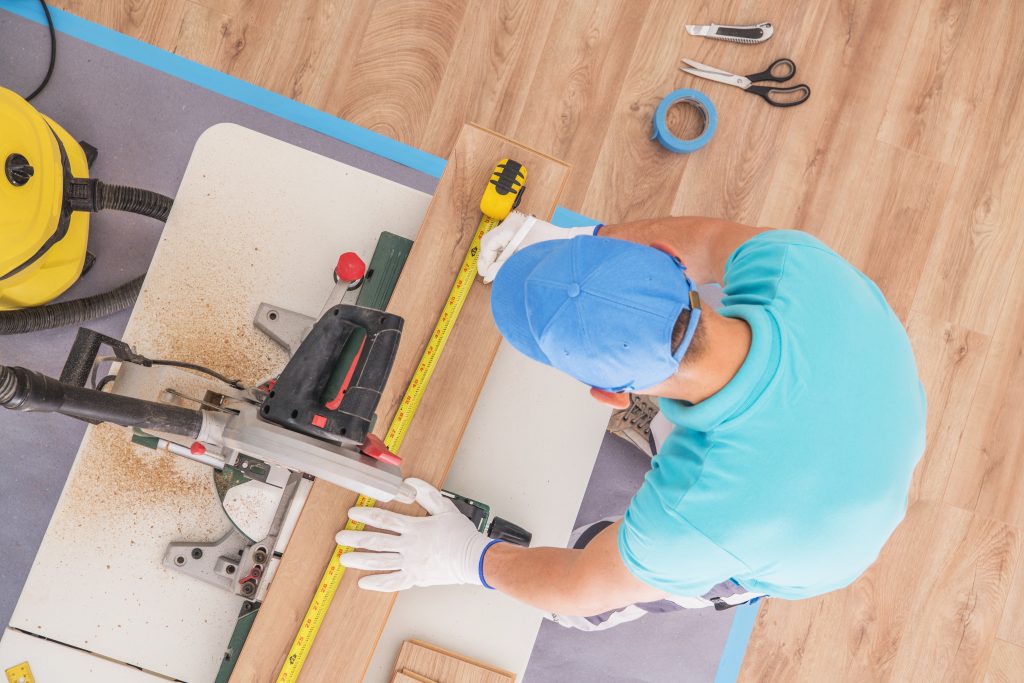
Are laminate floorboards waterproof?
One of the real downsides to laminate flooring has long been its susceptibility to water damage. Unlike vinyl or ceramics laminate is not usually waterproof, and while a small amount of liquid quickly wiped up wouldn’t cause much of a problem, a lot of moisture, especially over time, can get in the grooves and warp and ruin your floor. This has meant that it has been regarded as a poor choice for moisture-rich environments like bathrooms, kitchens, and laundry rooms.
Now, however, there is a growing market for waterproof laminate, which is not just resistant but fully waterproof and therefore ideal for any room in any household. It is certainly crucial that you know what you are buying and whether or not your laminate floor is waterproof before laying it, though there are other ways to reduce the impact of moisture on your floors as well. You can use caulk around the edges to stop moisture from getting into the material and silicone is an excellent way to stop up gaps and protect your laminate. Sealing the locking mechanisms that join each plank to the next is one of the best ways to reduce water damage as these are the areas water penetrates causing warping and swelling. Finally, you can try and simply reduce the amount of wetness that comes into contact with your floor, using a dry mop and only installing your laminate in rooms that are unlikely to get wet too often.
Conclusion
Remember that the most important thing before laying any new floor is preparation, so if you do want to lay your laminate onto your existing floorboards check for any imperfections and unevenness and do what you can to combat them. Underlay is the best way to further ensure a beautiful, even, and long-lasting floor but if you really want it to endure also consider which material is really the right fit for each room and situation as water damage can considerably shorten a lot of laminate flooring’s lifespan. Have a look at all of the options available today and get planning your dream floor right away.

 English
English 

